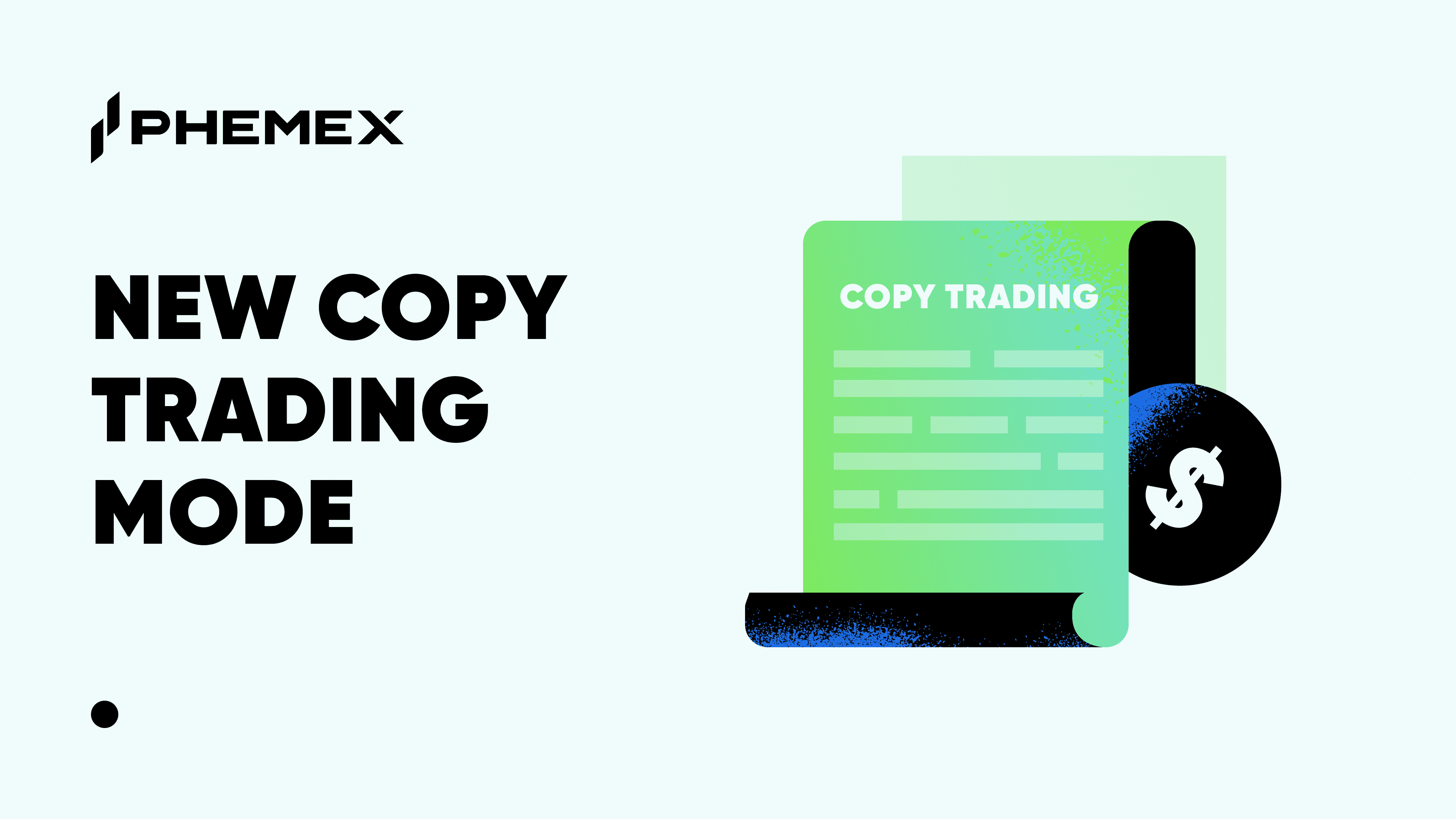With excitement buzzing around the markets, there have been strong rumblings of an impending “alt season.” While everyone’s view on altcoins may differ - some believe any coin besides Bitcoin is an altcoin while others count Ethereum as a major coin in of itself - one of the primary altcoin categories consist of Ethereum layer 2 projects. These layer 2 tokens made a strong run in the second half of November 2021, and serve much greater utility than for just financial speculation. While layer 1 blockchains like Bitcoin, Ethereum, and Solana function as the base layer that validates and executes transactions based on their consensus mechanisms, layer 2s can be built by third-parties to integrate with the base layer while offering additional functionality. These layer 2s are especially important to the ETH ecosystem because Ethereum has historically lacked processing speed and throughput. Since the previous bull cycle of 2021, many new ETH layer 2s have made developmental progress and launched native tokens, and examining them in more depth may prove to be worthwhile.

Last 90-day aggregate TVL of layer 2 projects
Layer 2 Overview - Ethereum Scaling Solutions
Layer 2 networks function as extensions or bypasses built on top of the Ethereum main blockchain (Layer 1). They address scalability challenges by processing transactions off-chain and only interacting with the main chain when necessary. This reduces Ethereum’s workload, resulting in faster transaction speeds and lower fees. Layer 2s also benefit from the base layer’s decentralization and security fundamentals. Think of them as express lanes on a highway, allowing specific traffic (transactions) to move more efficiently and reducing overall congestion.
While there are various types of Layer 2 scaling solutions, rollups are currently the most widely used. Rollups bundle multiple transactions into a single batch that is recorded on the Ethereum main blockchain. There are two main types of rollups:
-
Optimistic Rollup - Relies on economic incentives and game theory for transaction validation. Transactions are processed off the main Ethereum chain and assumed to be valid by default. Any fraudulent transactions can be disputed and eliminated.
-
Zero-Knowledge (zk) Rollup - Combines multiple transactions into a single batch and validates them using cryptographic proofs, ensuring security while keeping individual details private.
As the Ethereum ecosystem expands, the demand for these solutions has grown significantly. Layer 2s aren’t just temporary fixes; they are essential for Ethereum’s long-term scalability, efficiency, and sustainability.

Optimistic vs. Zero-knowledge roll-ups
Top Ethereum Layer 2 Projects
Arbitrum - Arbitrum uses optimistic rollups and it features seamless integration with Ethereum’s existing infrastructure, which allows developers to easily migrate their work from the layer 1 to Arbitrum. has earned recognition for its innovative approach to scaling Ethereum through its unique Optimistic Rollup technology. It stands out for its seamless compatibility with Ethereum's existing infrastructure, simplifying the migration process for developers. For example, Ethereum’s native programming language Solidity can also be used on Arbitrum to deploy dApps, meaning developers won’t need to learn a new programming language. Arbitrum is also one of the most EVM-compatible rollups because it supports EVM bytecode directly. This developer-friendly ethos along with its low transaction fees has rocketed Arbitrum to becoming the leader in the Layer 2 space, as it boasts the largest market capitalization of any layer 2 project at the time of writing.
Optimism - As one of the earlier layer 2 protocols that launched its mainnet in January 2021, Optimism also uses optimistic rollups to boost transaction speed and reduce fees. Additionally, Optimism is more than just a layer 2 network because it also represents a collective effort dedicated to promoting public goods and fostering a sustainable future for Ethereum. Unlike some rollups that have source code availability, Optimism’s code is fully open-sourced and MIT licensed. Its specifications are intentionally designed to align with Ethereum, ensuring that everything functions exactly the same way as on Ethereum. Optimism is the most forked rollup and has cultivated a community of developers, builders, and crypto enthusiasts who share similar values.

ZKsync - ZKsync is a versatile layer 2 solution for Ethereum and features the first-ever EVM-compatible zero-knowledge rollups. The project makes special use of zero-knowledge proofs, particularly recursive ZK-SNARKs. These SNARKs are a specific type of zero-knowledge proof that are both compact (small in size and quick to verify) and non-interactive (no need for back-and-forth communication between the prover and verifier). Recursive SNARKs take this further by allowing one SNARK proof to validate another. This creates a "proof pyramid," where each layer's validity relies on the previous one, enabling scalable and efficient verification of a large number of computations or transactions. After launching its native token $ZK in June 2024, the protocol has achieved a market cap of roughly $700 million and over $1 billion in TVL.
Base - Base, developed and launched by Coinbase in August 2023, stands out with its advanced technology and user-focused design. It combines Optimistic Rollups and zk-Rollups, leveraging the benefits of both to strike an ideal balance between security, scalability, and transaction speed. This hybrid approach has played a key role in lowering gas fees on Base to a fraction of a penny. Such minimal costs and fast speeds allowed Base to become another beacon of new meme token projects in 2024 alongside Solana.
Read More
- Decentralized Science (DeSci) - The Next Big Blockchain Development?
- What the Trump Administration Means for Crypto
- What Are Ethereum Layer 2 Solutions: Decentralized Scalability
- What is Ethereum Layer 2 & How does it Work?
- ZK Rollups – A Solution to Ethereum’s Inefficiencies
- What is Arbitrum: The Layer 2 Scaling Bridge for Ethereum
- What is Arbitrum & How does it Work?
- What Are the Blockchain Layers? Layer 3 vs. Layer 2 vs. Layer 1 Crypto
- What Is Optimism Crypto: A Layer 2 Chain Working Toward the Common Good
- Ethereum 2.0 – Everything You Need to Know










